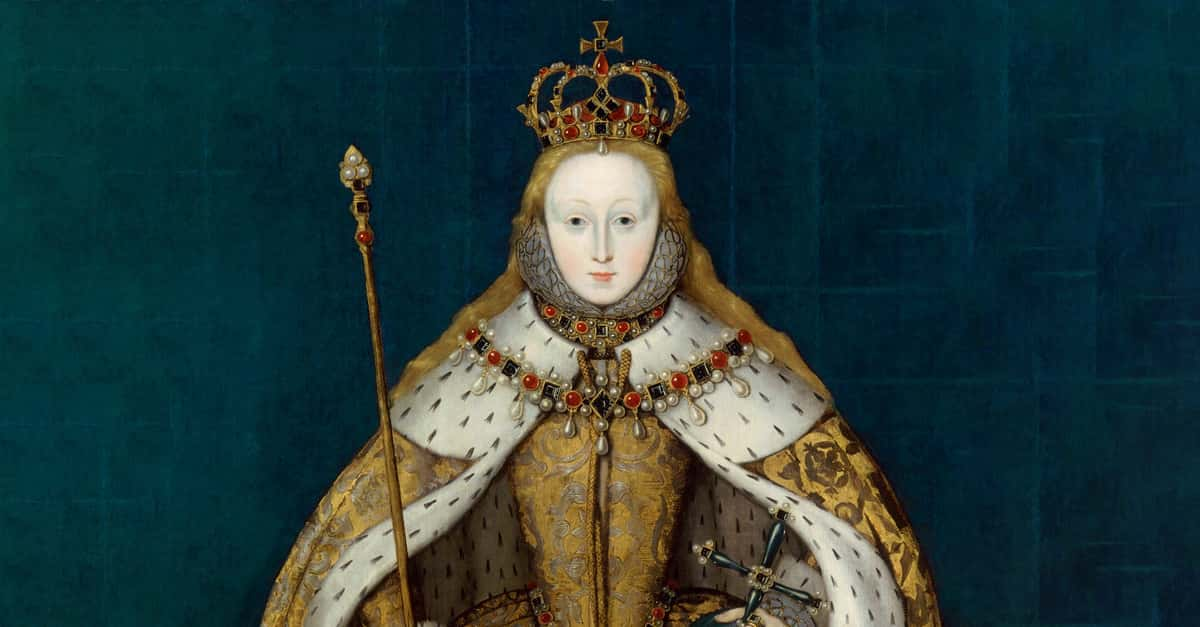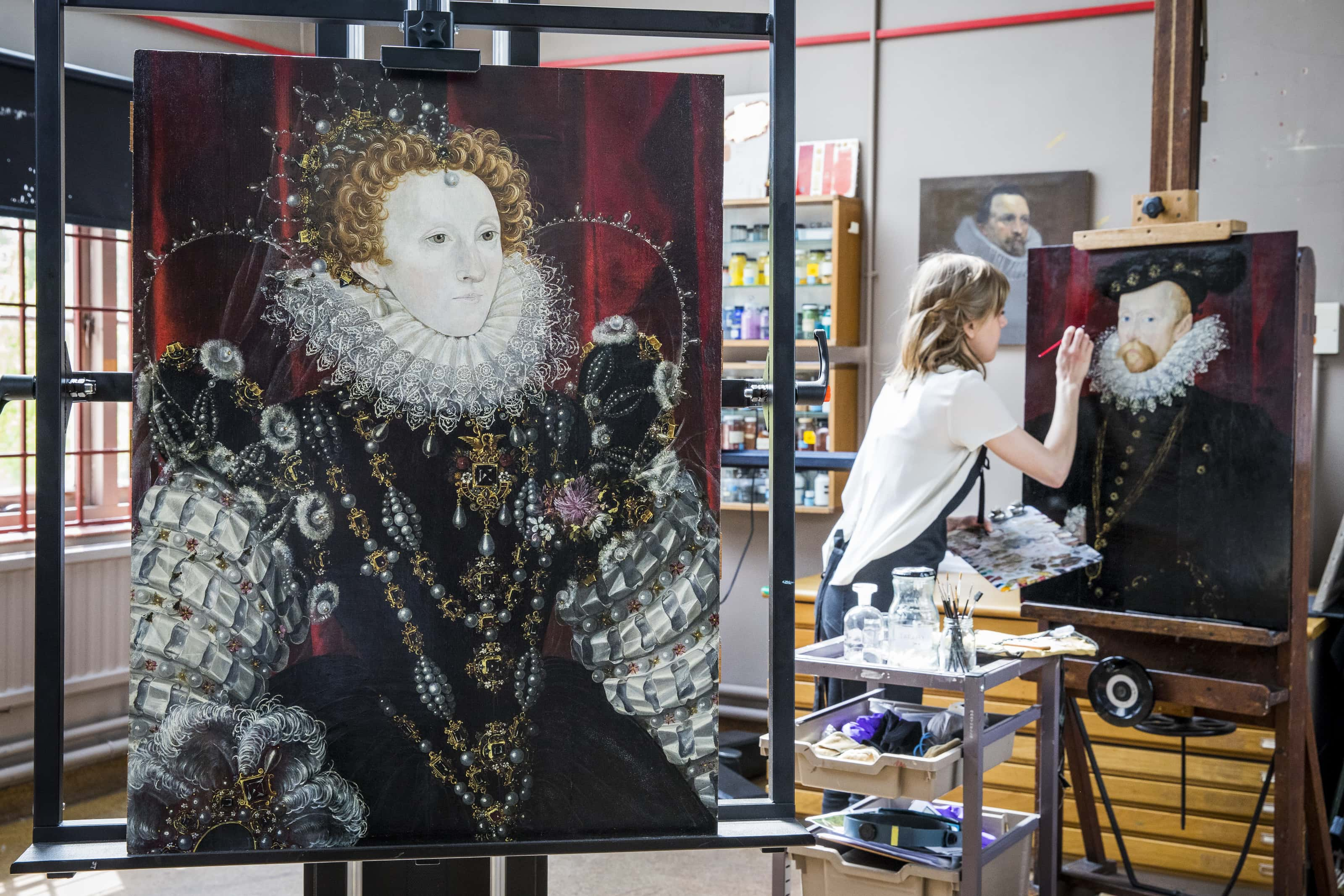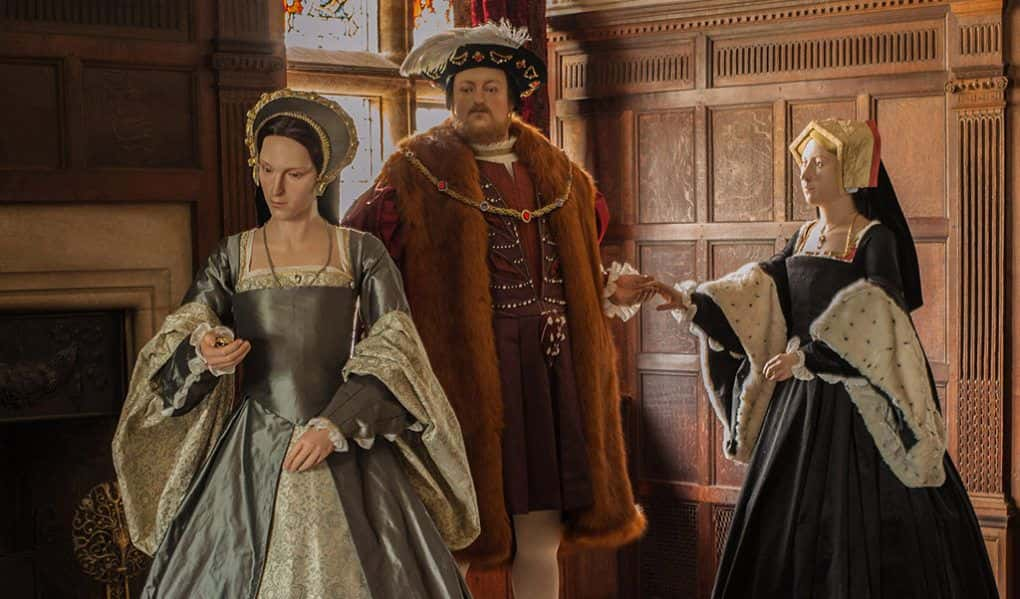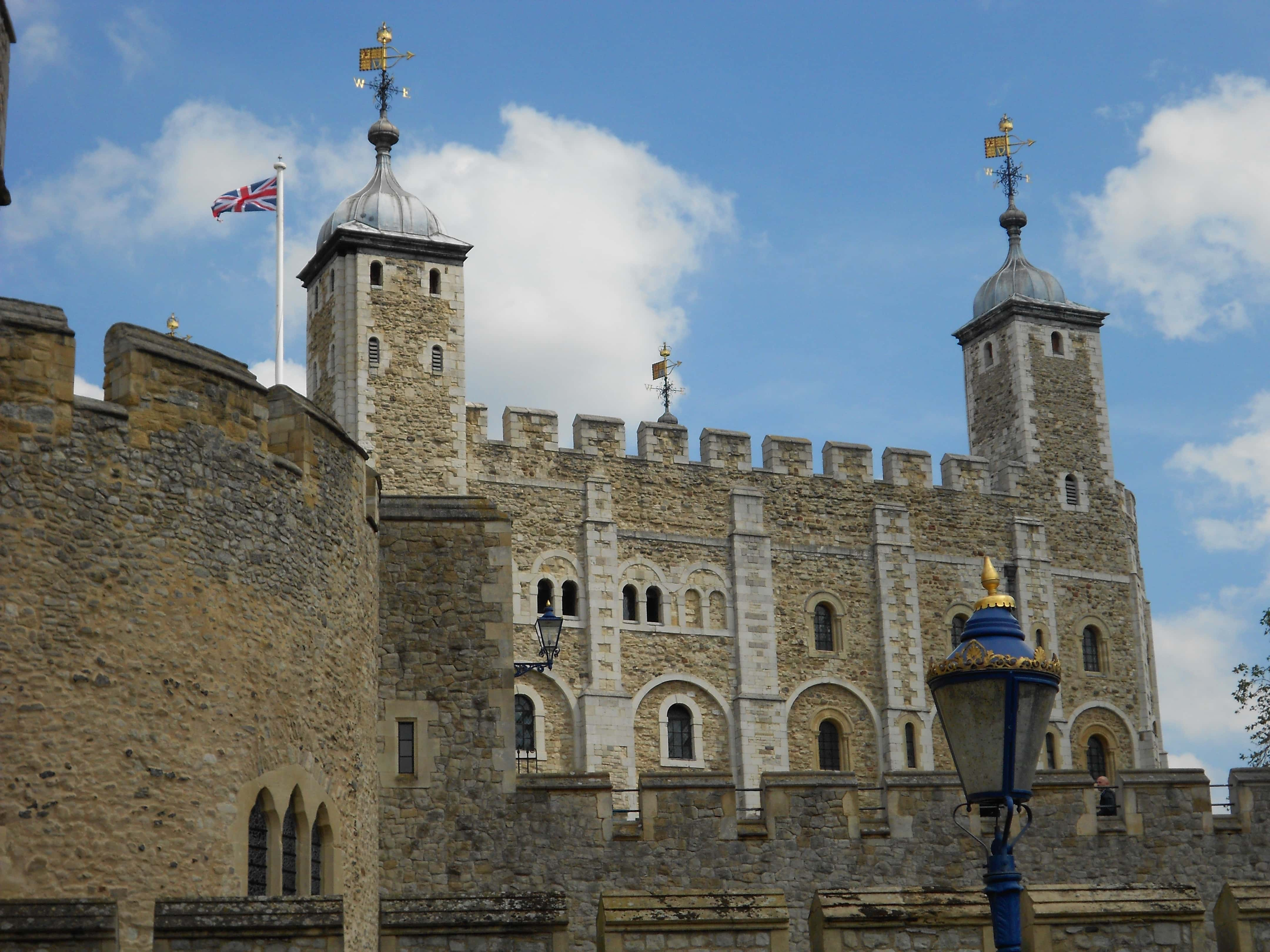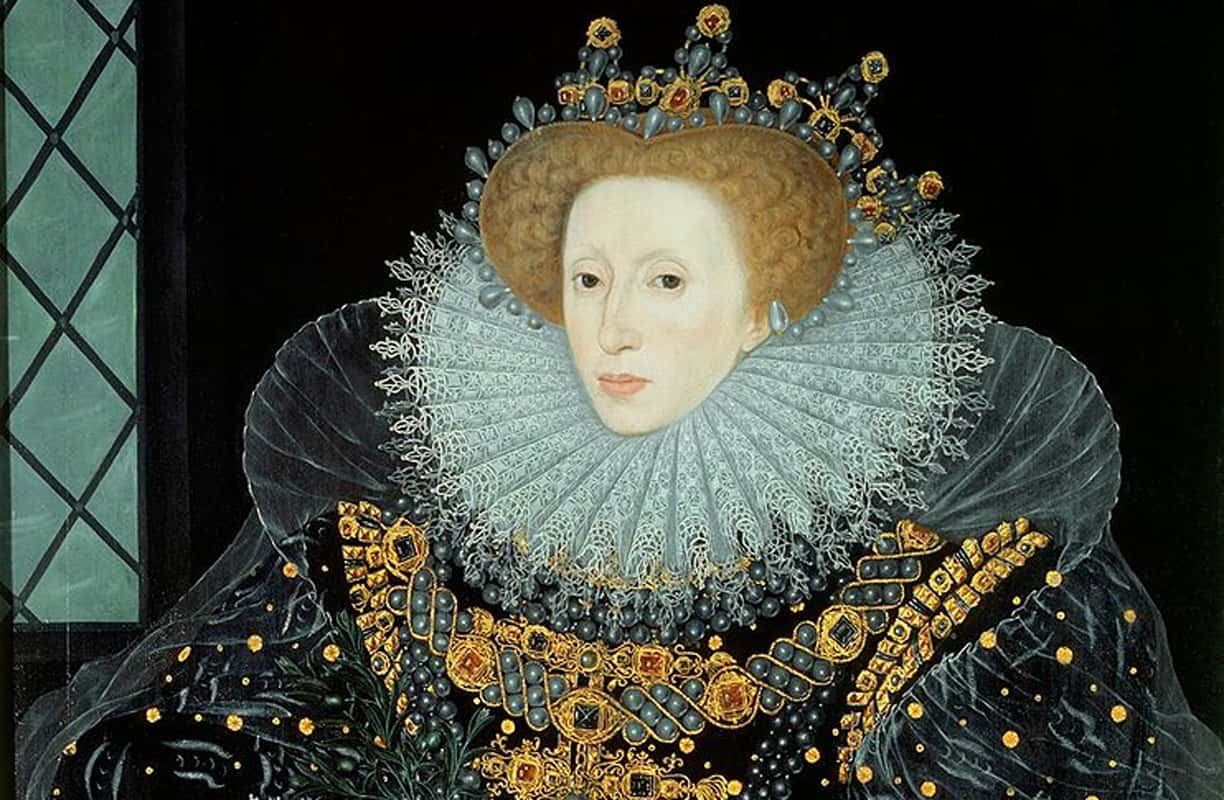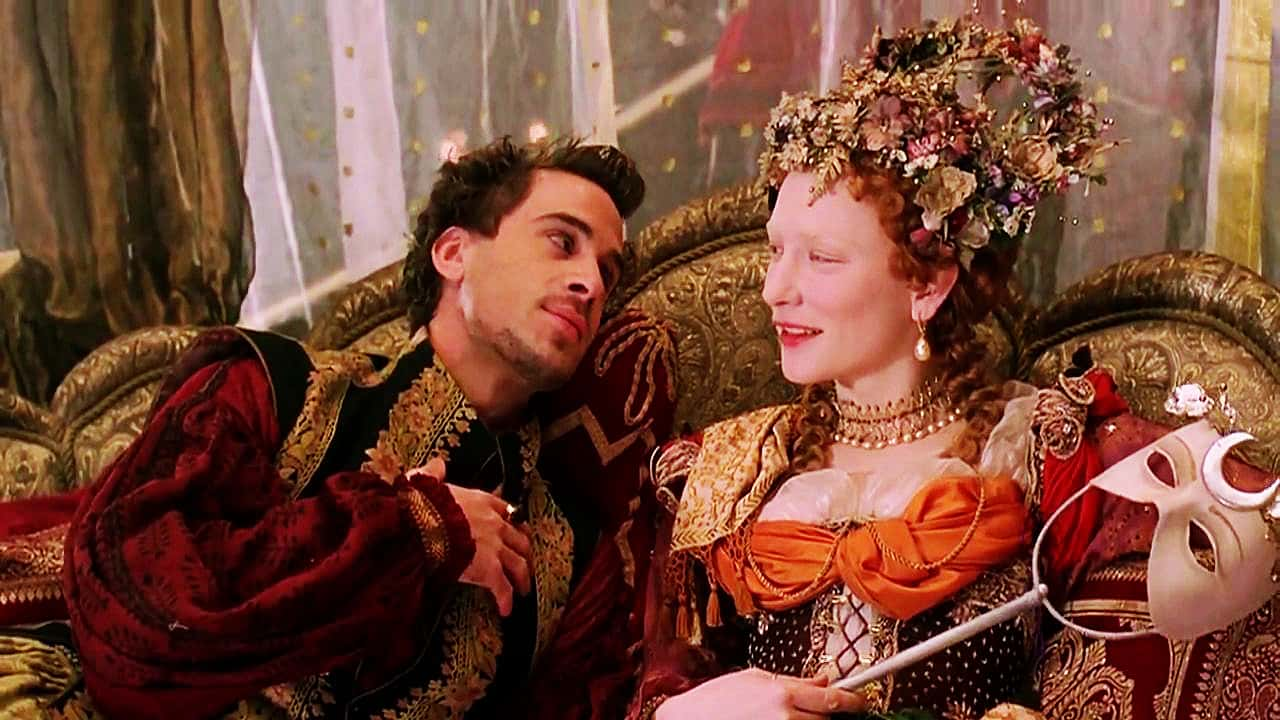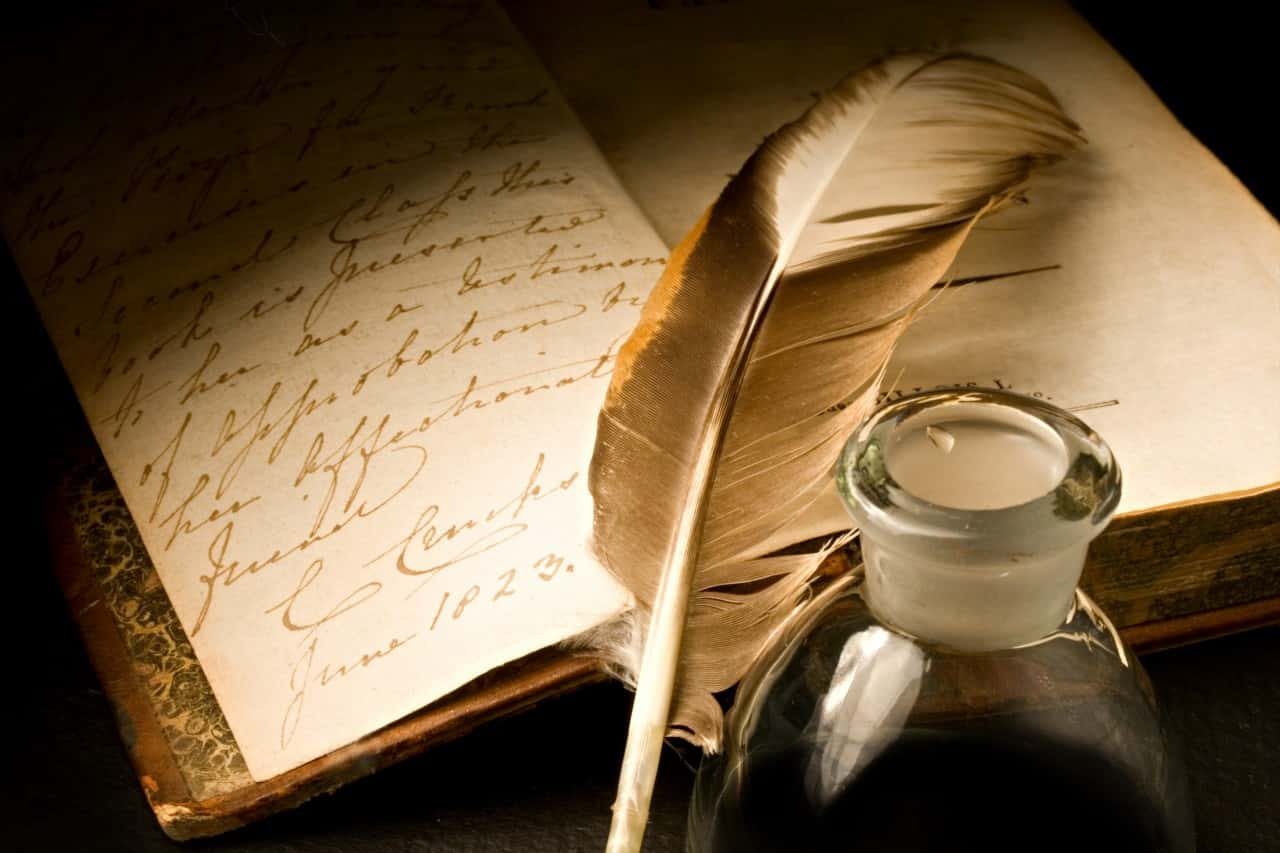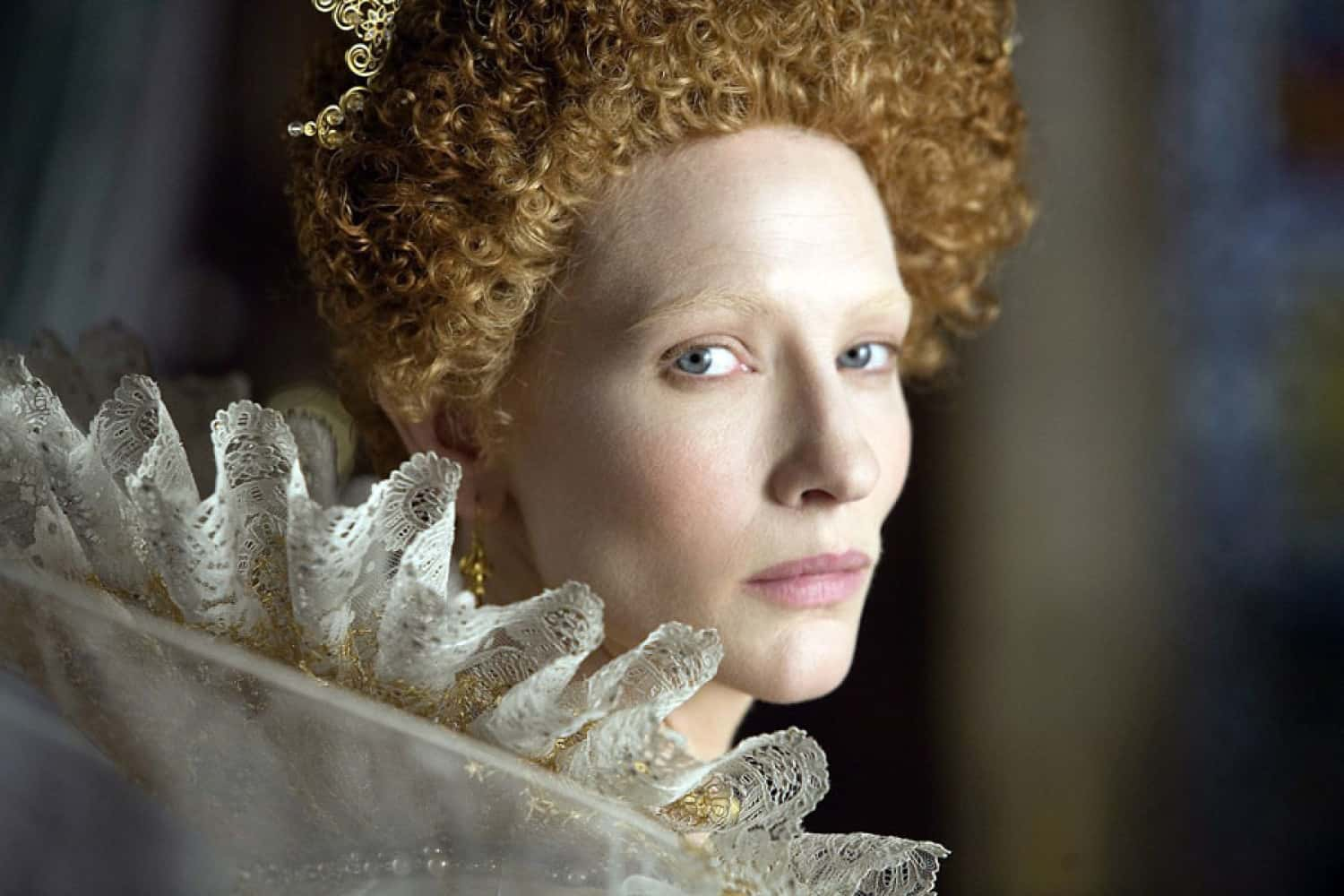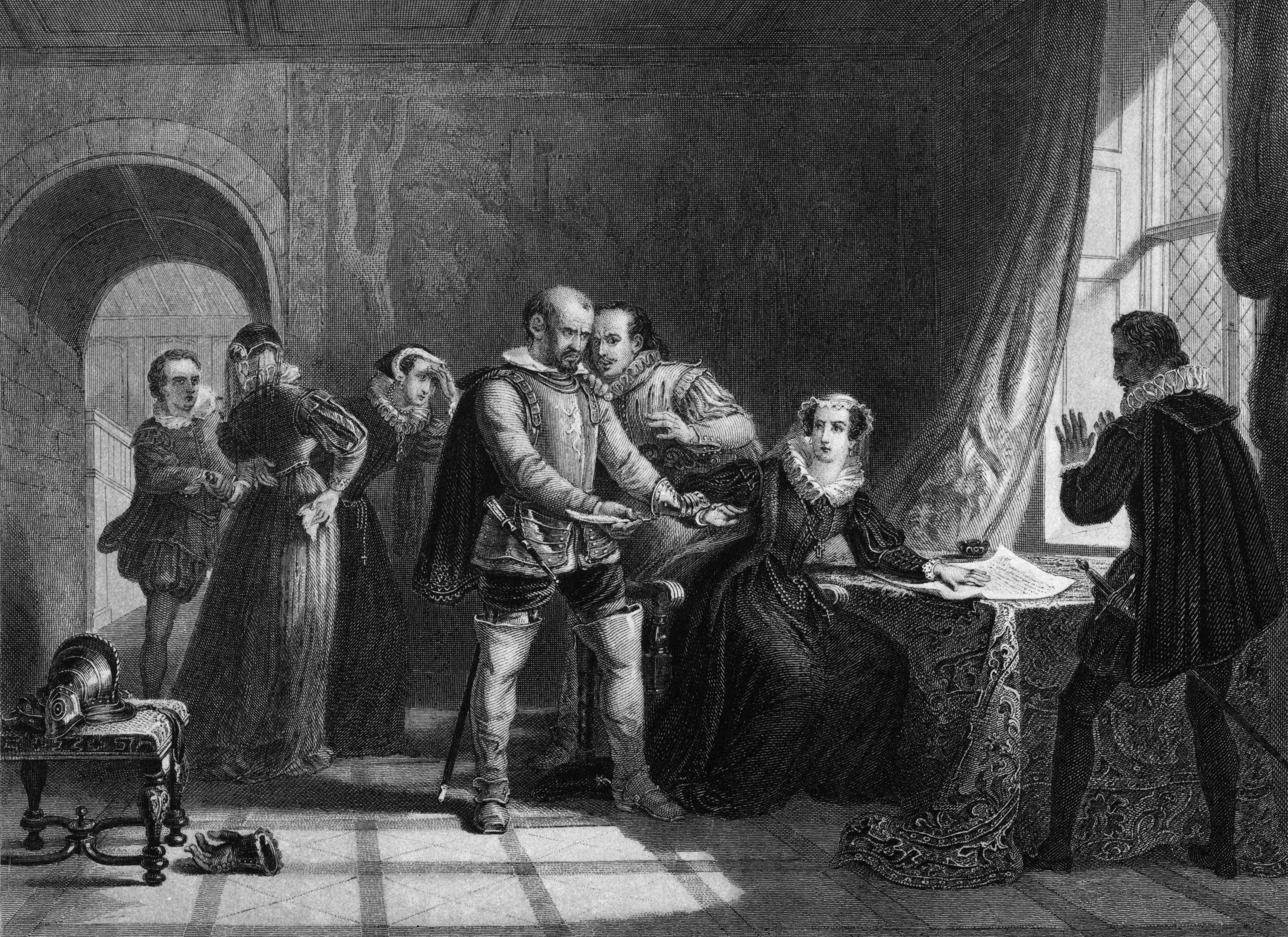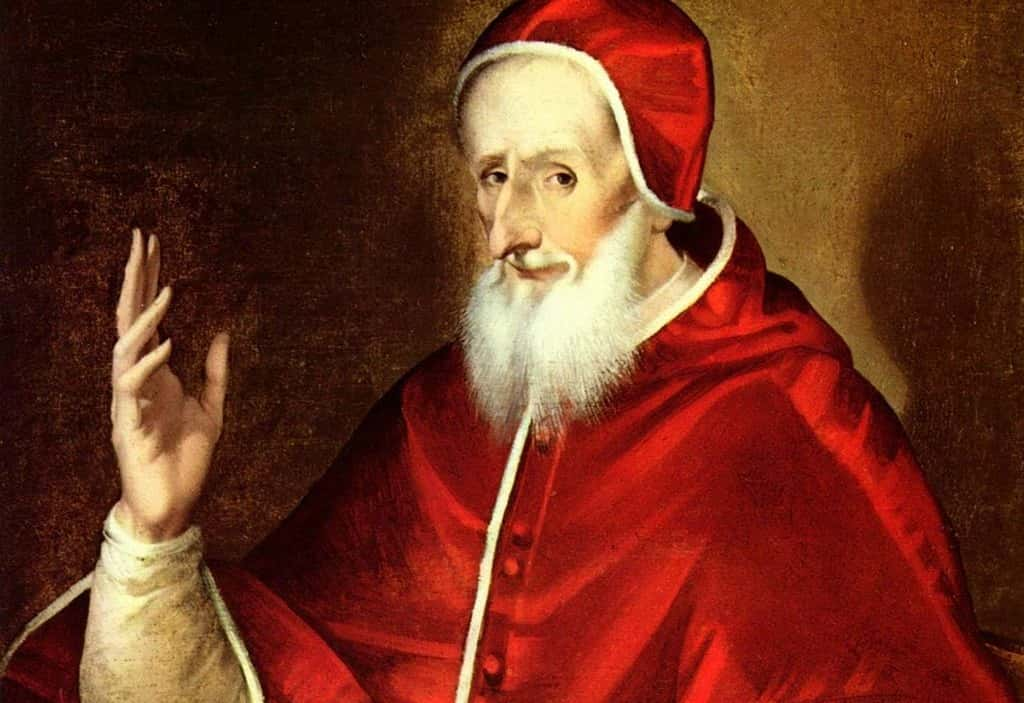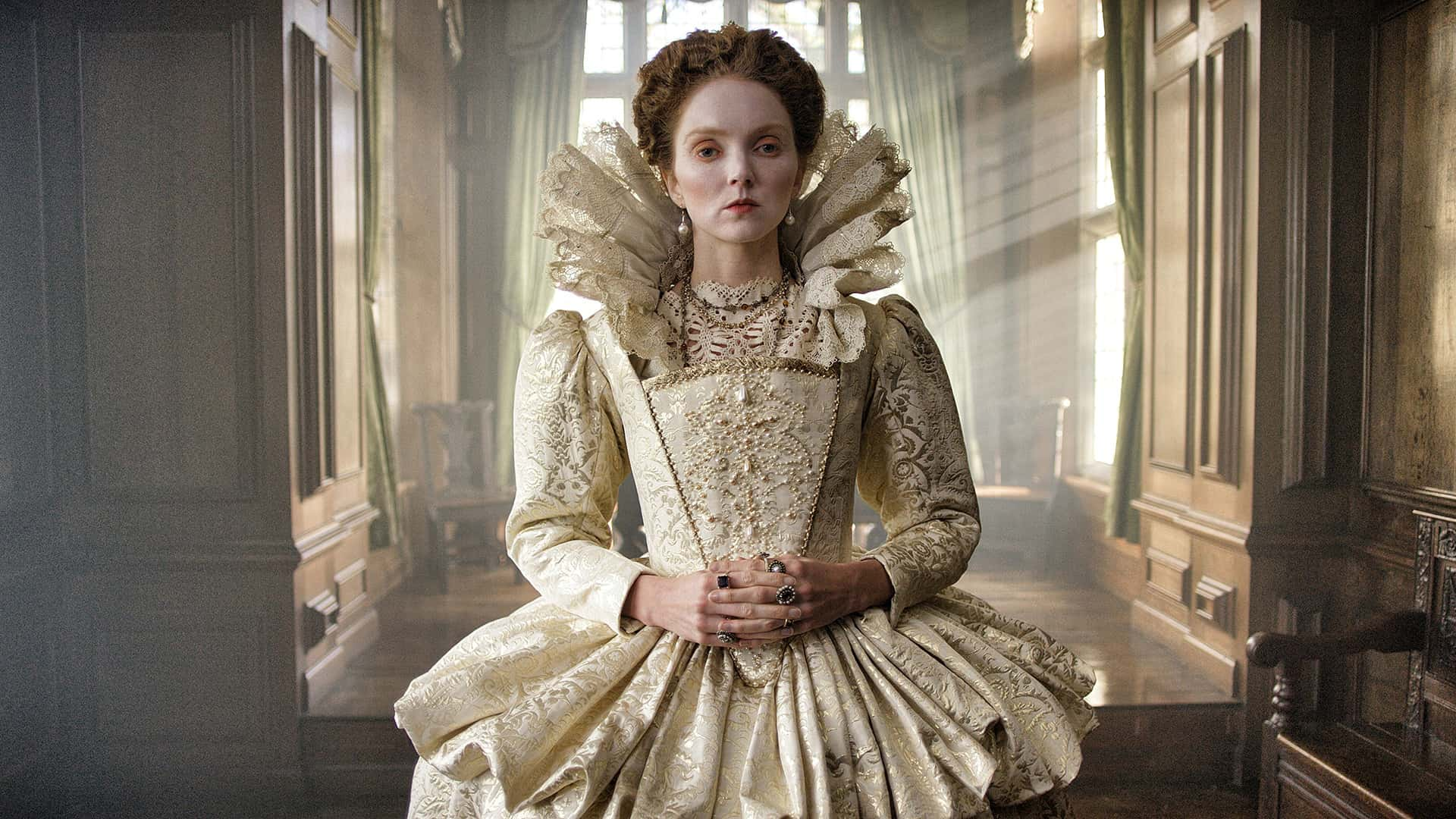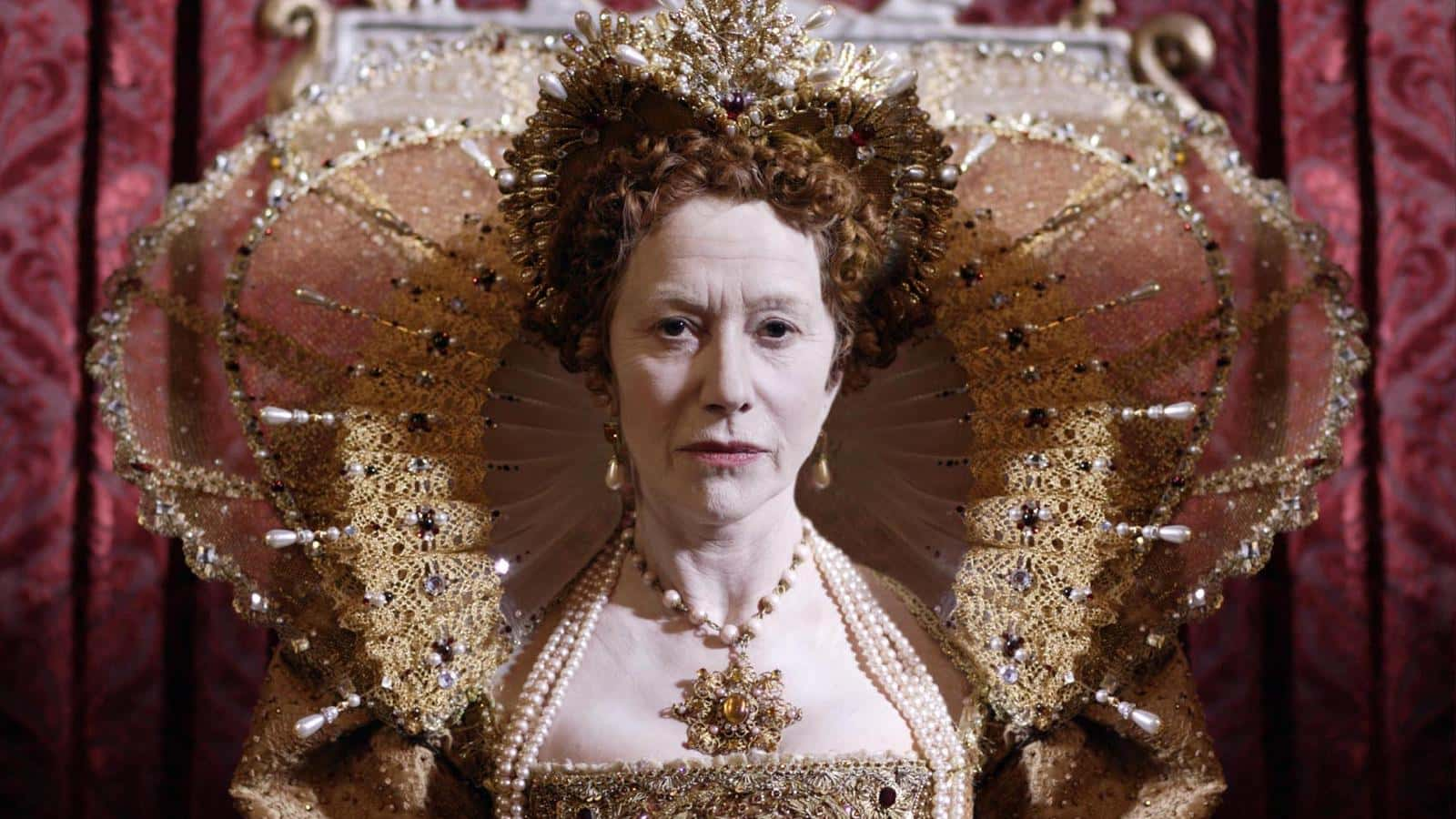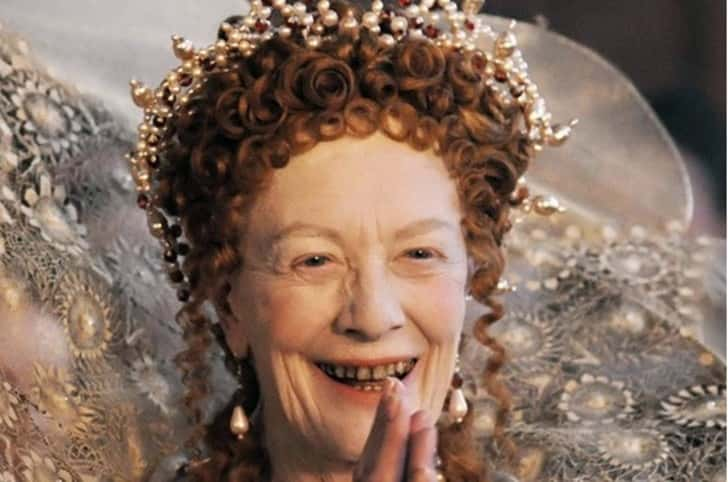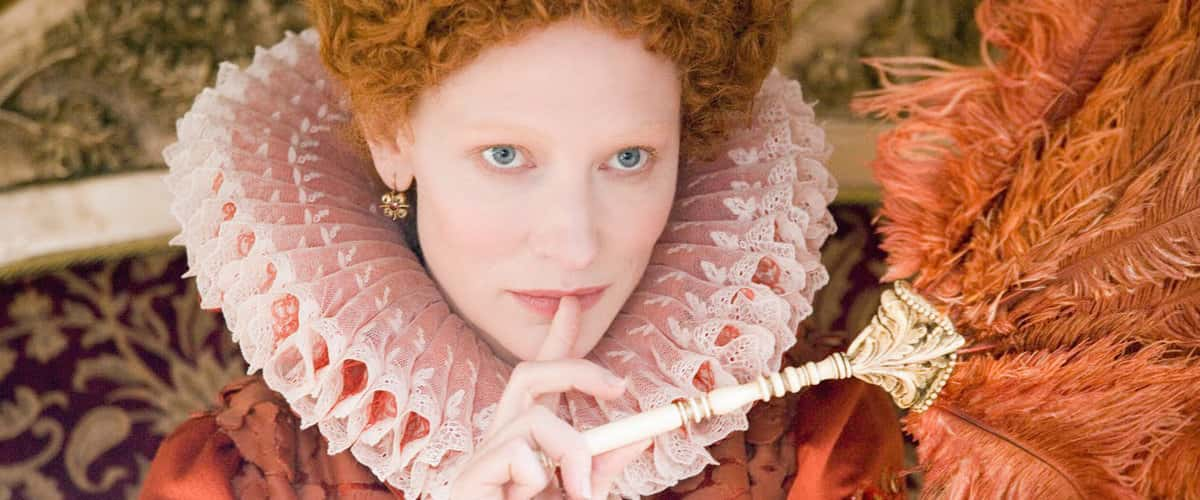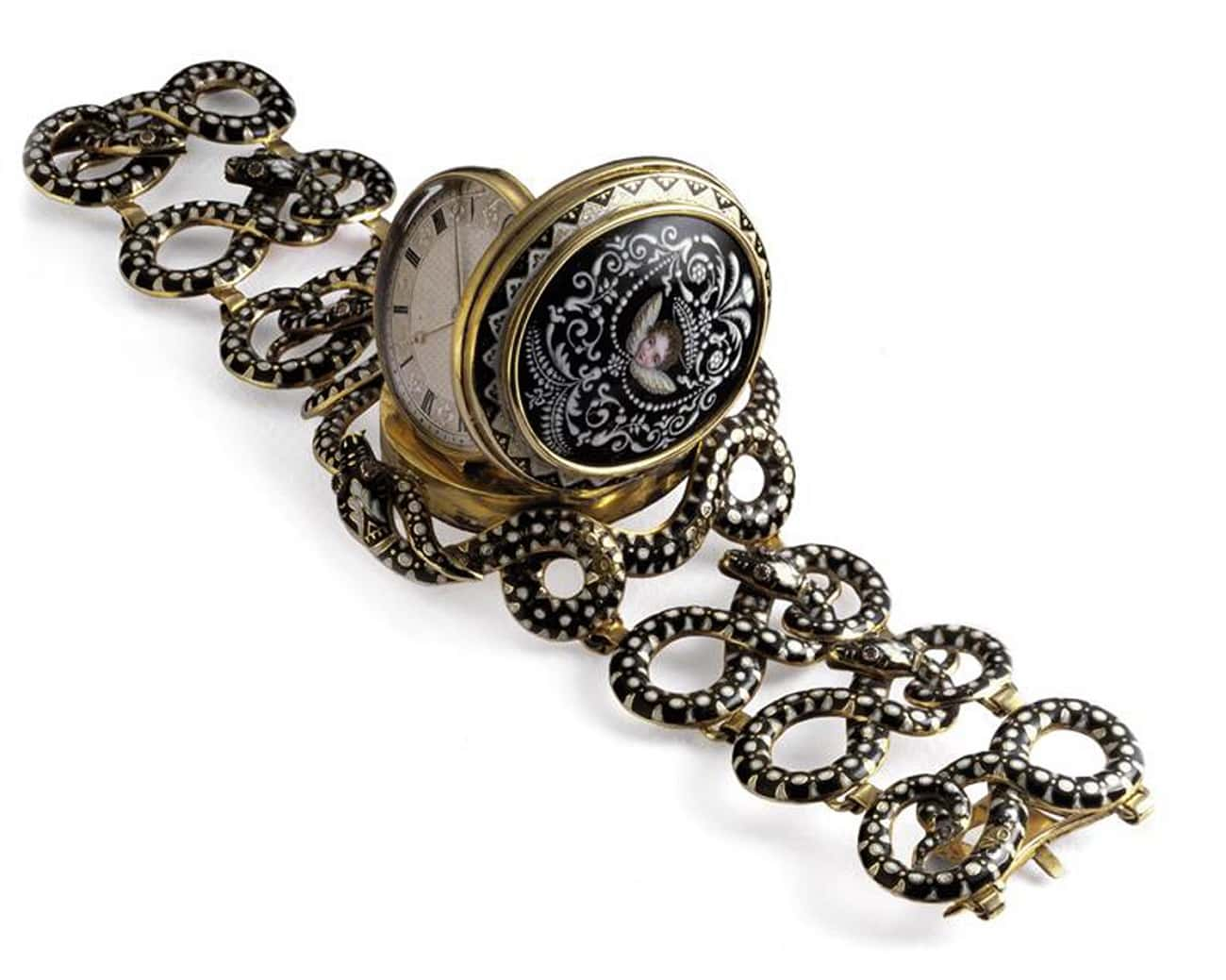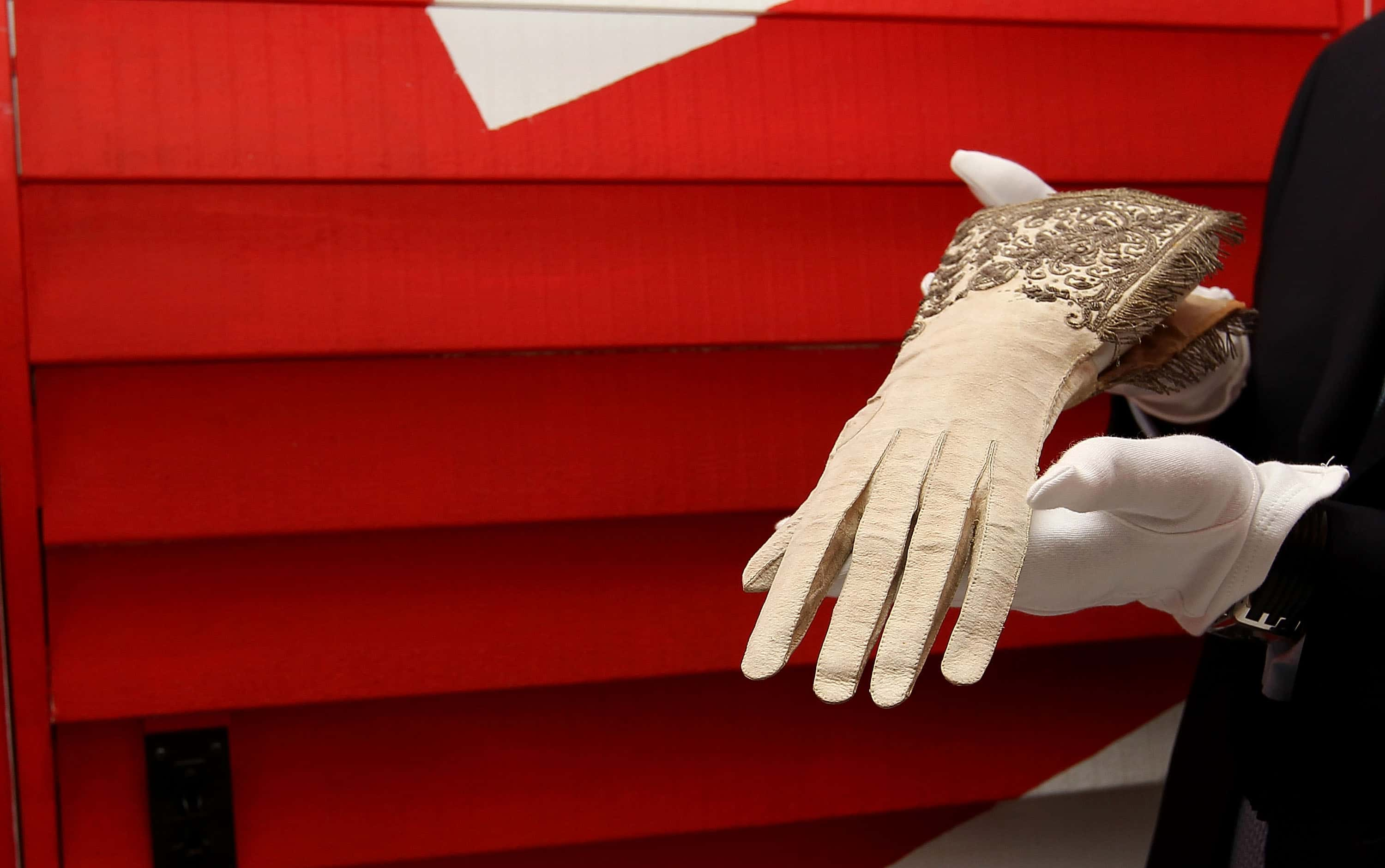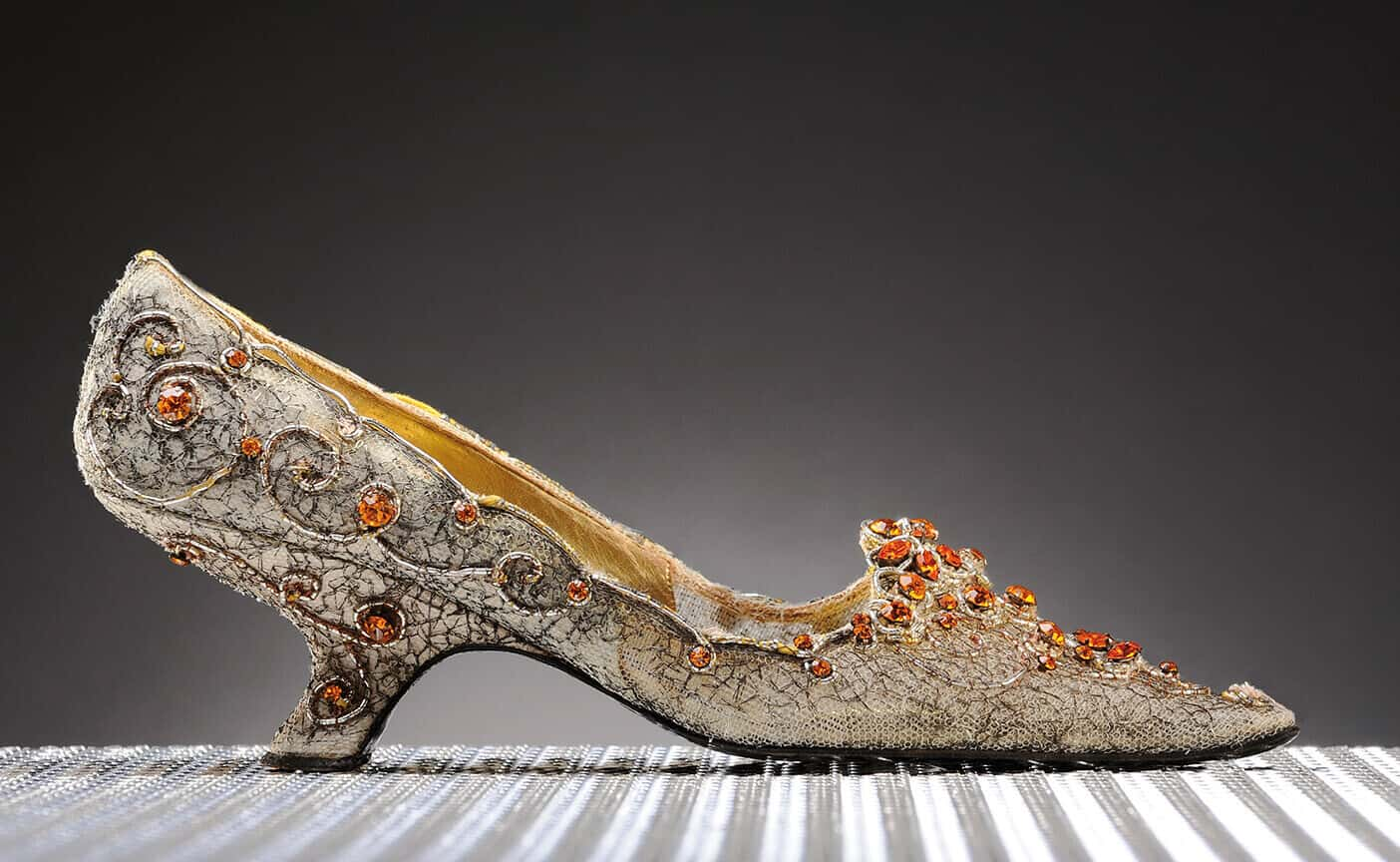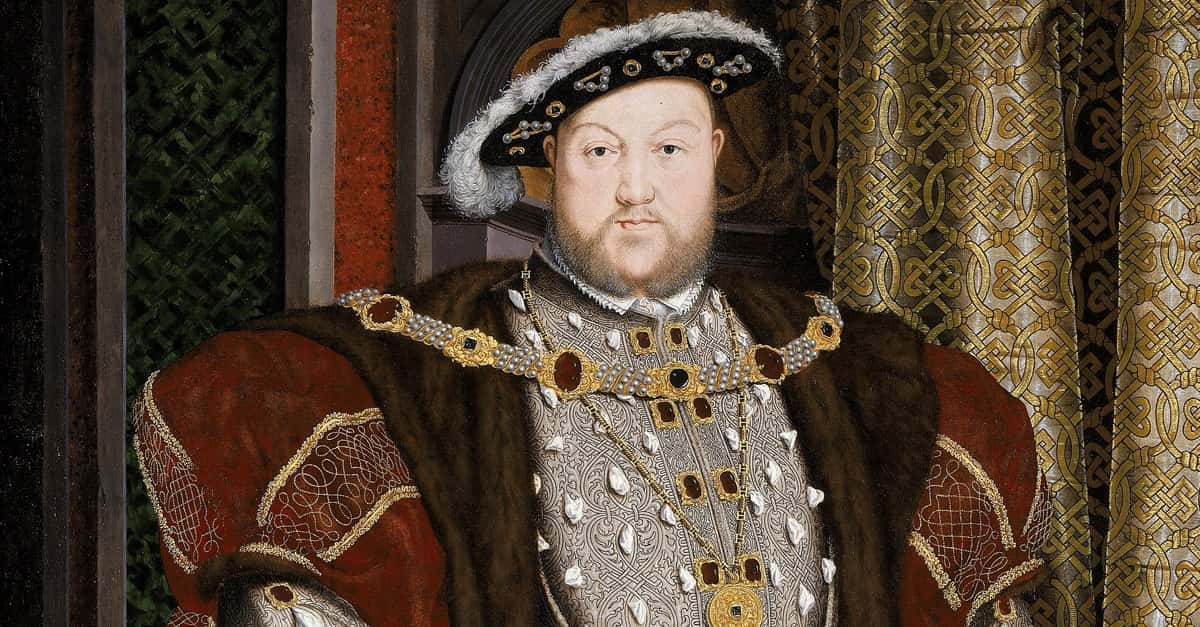Queen Elizabeth I changed the English-speaking world and the course of history forever. Check out these surprising facts about one of the most influential women of all time.
28. Nicknames
Elizabeth I was also known as the Virgin Queen, Gloriana, and, to her closest pals, Good Queen Bess; Bess was a common diminutive for Elizabeth at the time.
27. Bred in Upheaval
Elizabeth's mother was Anne Boleyn, whose marriage to her father Henry VIII necessitated a divorce because Henry was already married to Catherine of Aragon. This divorce began the English Reformation, as Henry split from Rome and declared himself, not the Pope, the head of the Church of England. Nonetheless, Boleyn became one of many victims of the king's whims, and was beheaded before Elizabeth was 3 years old.
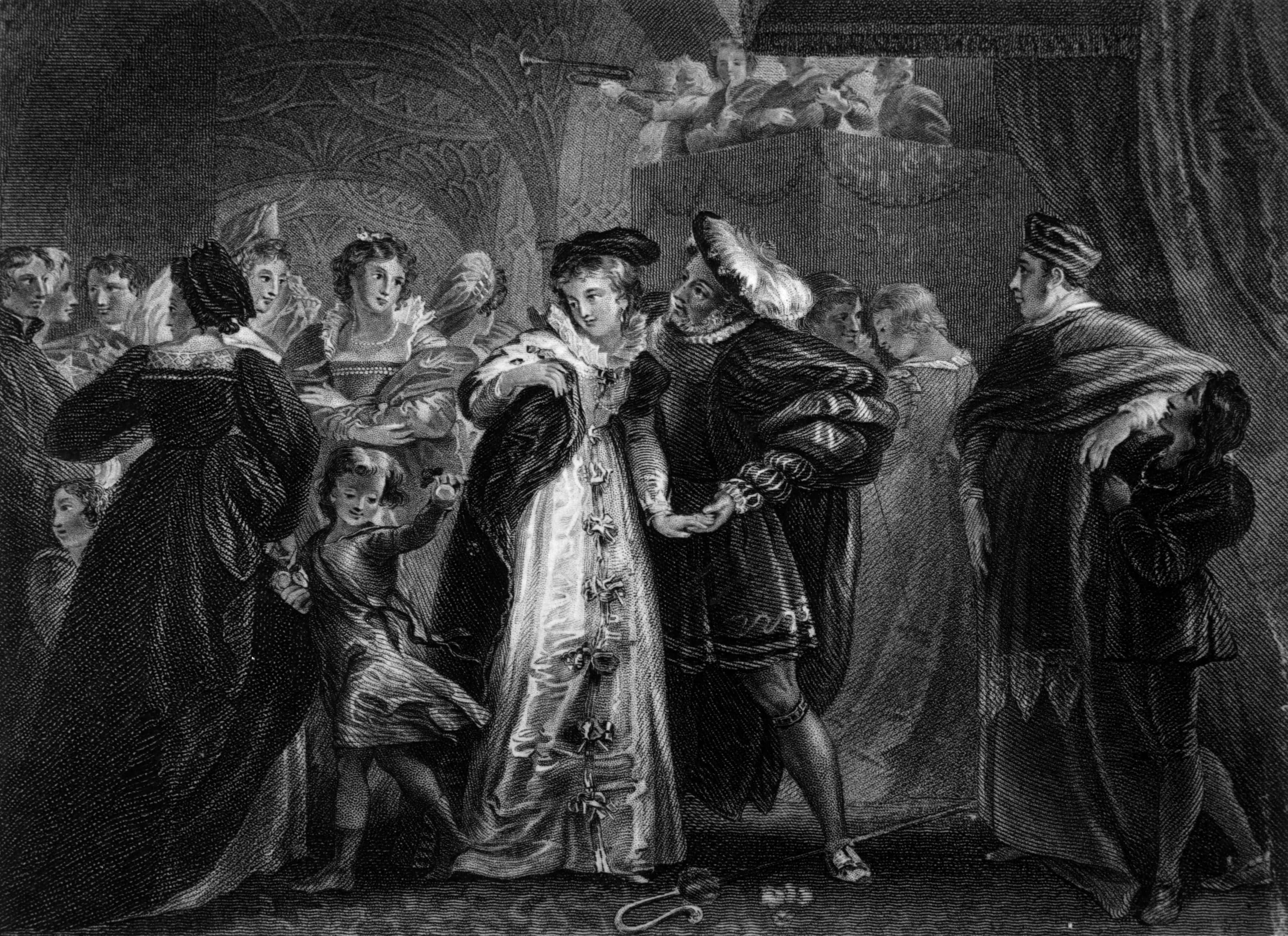 Getty Images
Getty Images
26. Motherly Love
Although she kept it on the down low for political reasons, Elizabeth I loved her mother very much. She quietly honored her and her family through taking care of their positions at court, and always kept her mother's portrait in a locket on her necklace.
25. Broken Beginnings
After her mother was executed by her father, and especially after her father died, Elizabeth had a very hard childhood. She was mistreated, considered illegitimate, and sexually abused while living as a ward with Catherine Parr, Henry VIII's widow. Her Catholic half-sister, Queen Mary, also known as Bloody Mary for her brief and violent reign, also accused Elizabeth of participating in a rebellion plot. Mary had Elizabeth sent to the Tower of London and then to the Tower of Woodstock.
24. Lucky Break
Elizabeth, as a woman and as the second daughter of Henry VIII, was not likely to rule. The monarchy fell to her only after her younger brother Edward VI (who ruled for only 6 years) and her older sister Mary I (who ruled for 5 years) both died without children.
23. Long Run
After Queen Elizabeth II, who has reigned for over 65 years, and Queen Victoria, who reigned for 63, Elizabeth I is the third longest reigning British queen; she was in power for 44 years. Overall, she has the ninth longest run of the British monarchs.
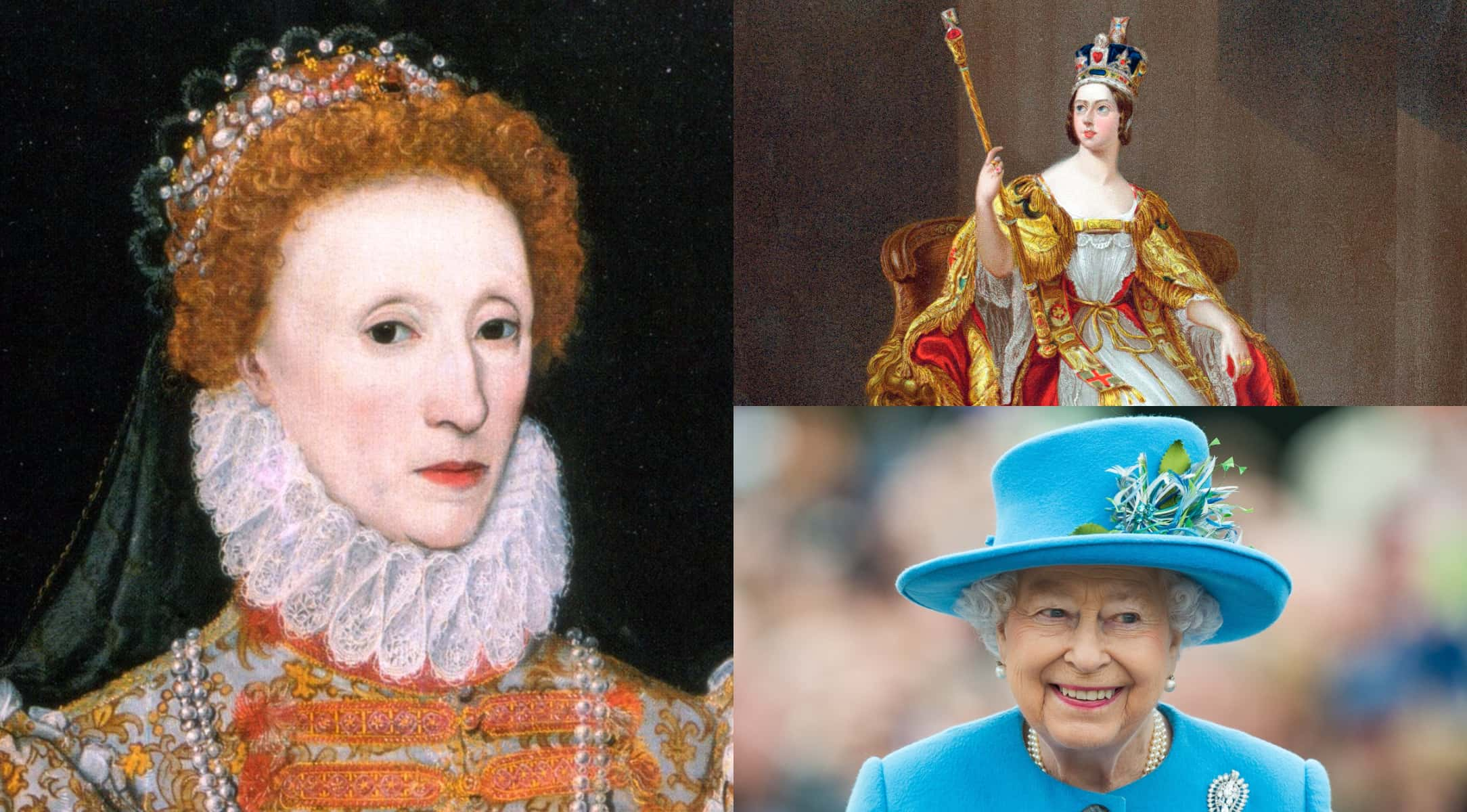
22. Virgin Queen
Despite her long rein and eligibility, Elizabeth I never married. She entertained many suitors, including many foreign royals and other high ranking men in court, but, to her council's despair, she never married and never named an heir. According to her, she was married to England—and this wise move was probably what kept her in power for so long.
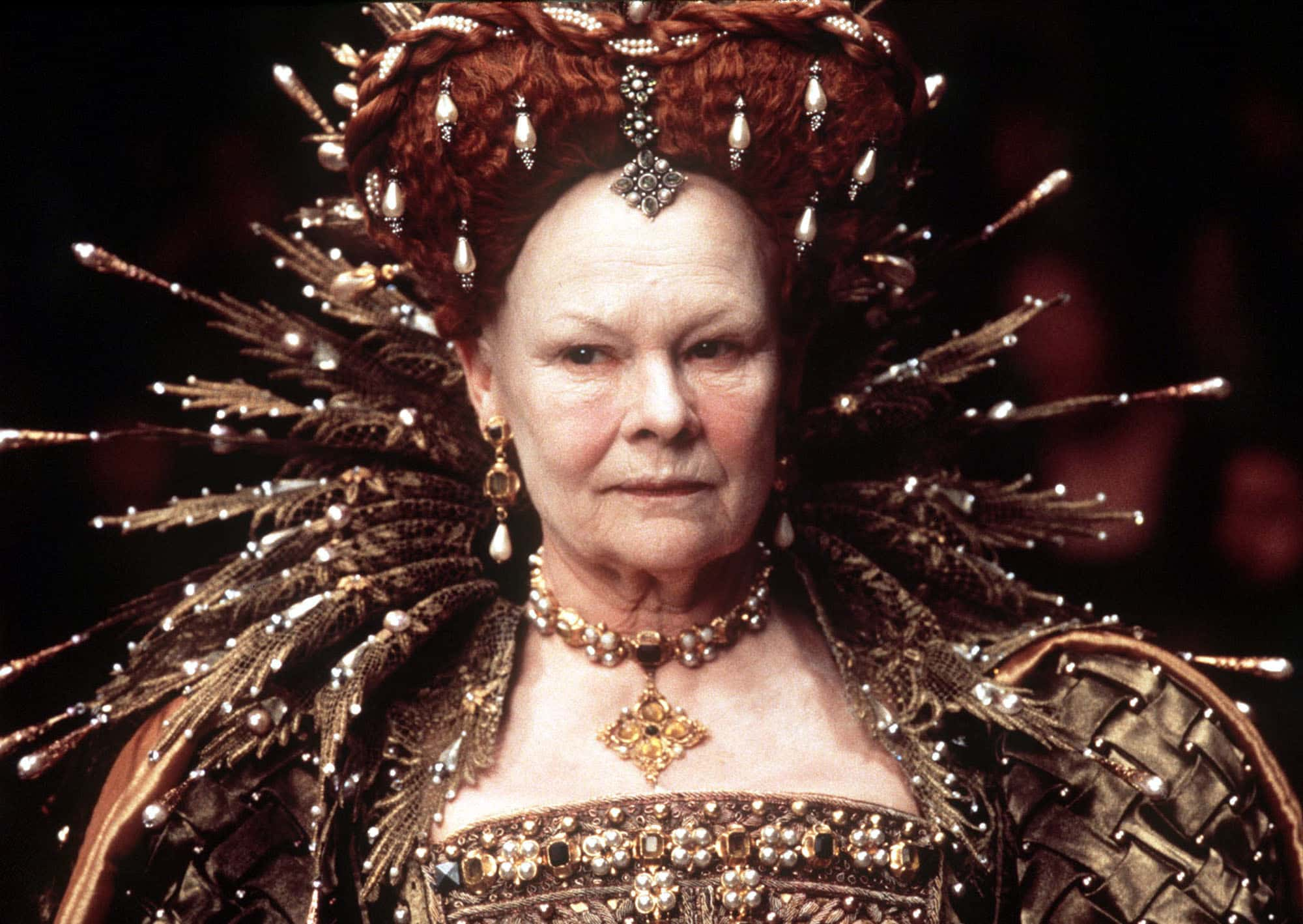 Getty Images
Getty Images
21. Last Tudor
Since she had no heir, the House of Tudor, which began in 1485 with Henry VII, ended with her death in 1603.
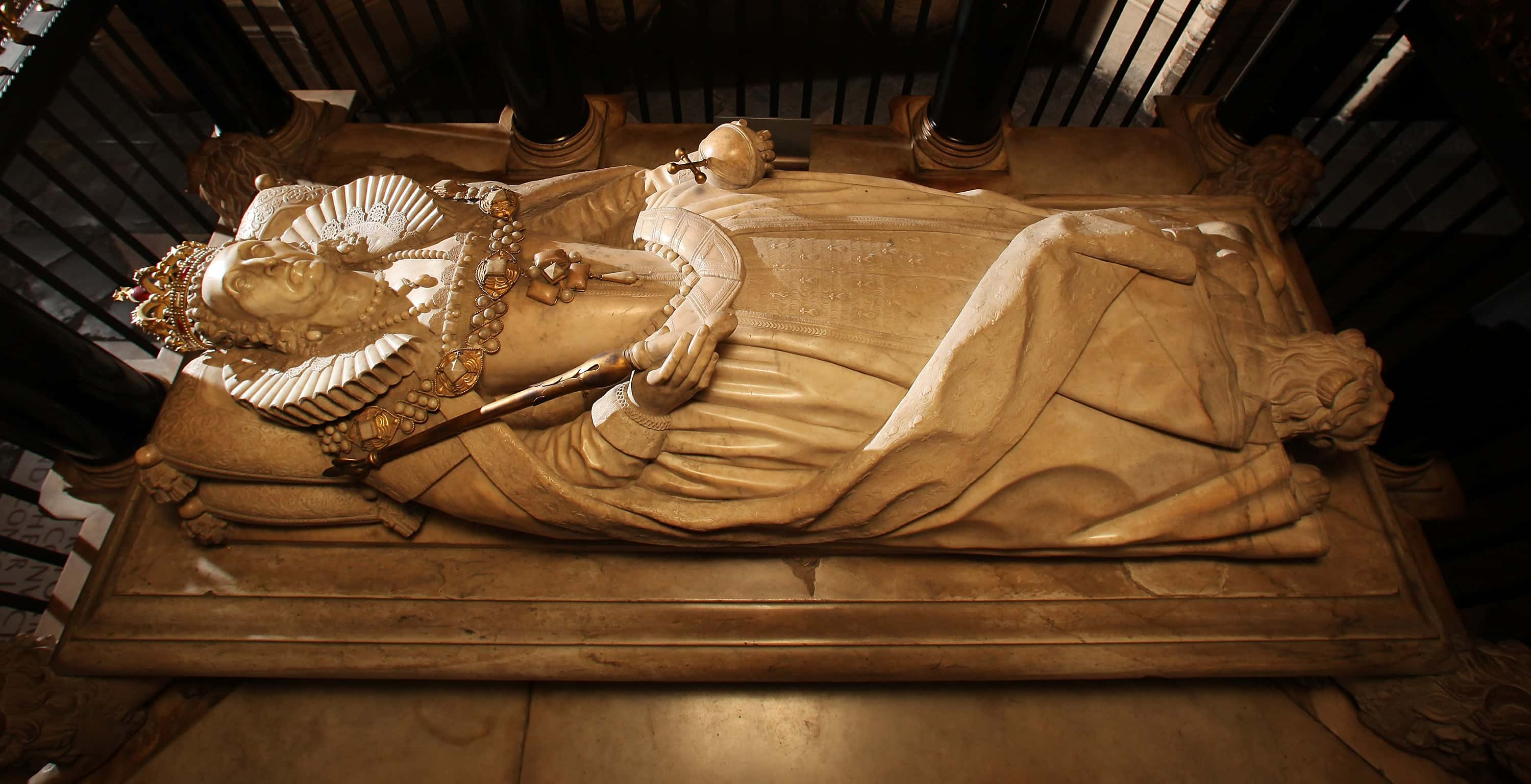 Getty Images
Getty Images
20. Lost Love
Although she never married, Elizabeth I's heart allegedly always belonged to her childhood friend Robert Dudley. Although a marriage between the two friends seemed on the verge of taking place after his first wife died (a suspicious fall down the stairs), the political climate was against it. Dudley and Elizabeth I were destined to only ever officially be close friends.

History's most fascinating stories and darkest secrets, delivered to your inbox daily.
19. Learned Lady
Elizabeth I was one of the best educated women of her generation; she spoke French, Flemish, English, Italian, and Greek, and could write Latin. She also likely spoke Welsh, Cornish, Scottish, and Irish, and all very well!
18. Politically Adept
A particularly cunning political mind, one of Elizabeth I's mottos was “video et taceo,” which translates to “I see but say nothing.” She also used the motto “semper eadem” meaning “always the same.”
17. Family Tension
Throughout her reign, one of her main enemies was her first cousin once removed, Mary Queen of Scots. Elizabeth I imprisoned Mary when her actions turned against the English throne. Mary was in prison for 18 years before she was finally executed. Historically, there is some disagreement on whether Elizabeth officially sanctioned the execution; it was carried out quickly, and Elizabeth had been reluctant to sign and then dispatch the warrant. The executioner begged for Mary's forgiveness before killing her, which she said she granted with all of her heart. Before the axe severed her head from her shoulders, Mary's final words were "Into thy hands, O Lord, I commend my spirit."
Interestingly, during their long and tumultuous relationship, Elizabeth I and Mary, Queen of Scots never actually met in person.
16. Rebel in her Time
In 1570, Pope Pius V issued the Regnans in Excelsis, which declared Elizabeth I to be excommunicate, and released her subjects from their allegiance to her.
15. It's All Looks
Elizabeth I was careful to present her best self. This meant wearing heavy makeup made of lead and vinegar, which probably did more damage to her smallpox-scarred skin than it helped it. She also used beeswax and kohl in her beauty regime, substances that are still commonly used today.
14. Everyone Needs Their Privacy
An older Elizabeth I, sensitive about her looks, felt intruded upon when a courtier entered her chambers before she had been made up for the day. As punishment she put him under house arrest.
13. Early Dentures
Despite her focus on beauty, dental standards at the time meant that as she grew older, Elizabeth I lost many teeth. To counteract the resulting sunken cheeks, she was said to stuff them with cloth when in public.
12. No Way for a Girl to Talk
Maybe it was hard to hear through the rags in her cheeks, but supposedly Elizabeth I, like her father, swore and cursed like nobody's business.
11. Can't Be Late to Court
Elizabeth I once received a timepiece on a bracelet from a suitor. An unusual jewelry style for the period, it may have been the first wristwatch in England.
10. If the Glove Fits
Elizabeth I loved clothes. Not only did she start many fashion trends, but her clothes were routinely tweaked and updated, and carefully chosen based on what look she needed to convey (mostly pure and virginal). And although she was said to own over 2,000 pairs of gloves, she was also generous with her things and passed on hand-me-downs to her ladies in waiting.
9. Sensible Shoes
Despite her love of fashion, Elizabeth I didn't wear her first pair of high heels until she was 62.
8. Tough Boss
Although generous with her servants, Elizabeth I expected total loyalty and was quick to fly into a rage. During one outburst, she broke her maid's finger with a hairbrush—and then told everyone it was an accident involving a fallen candlestick.
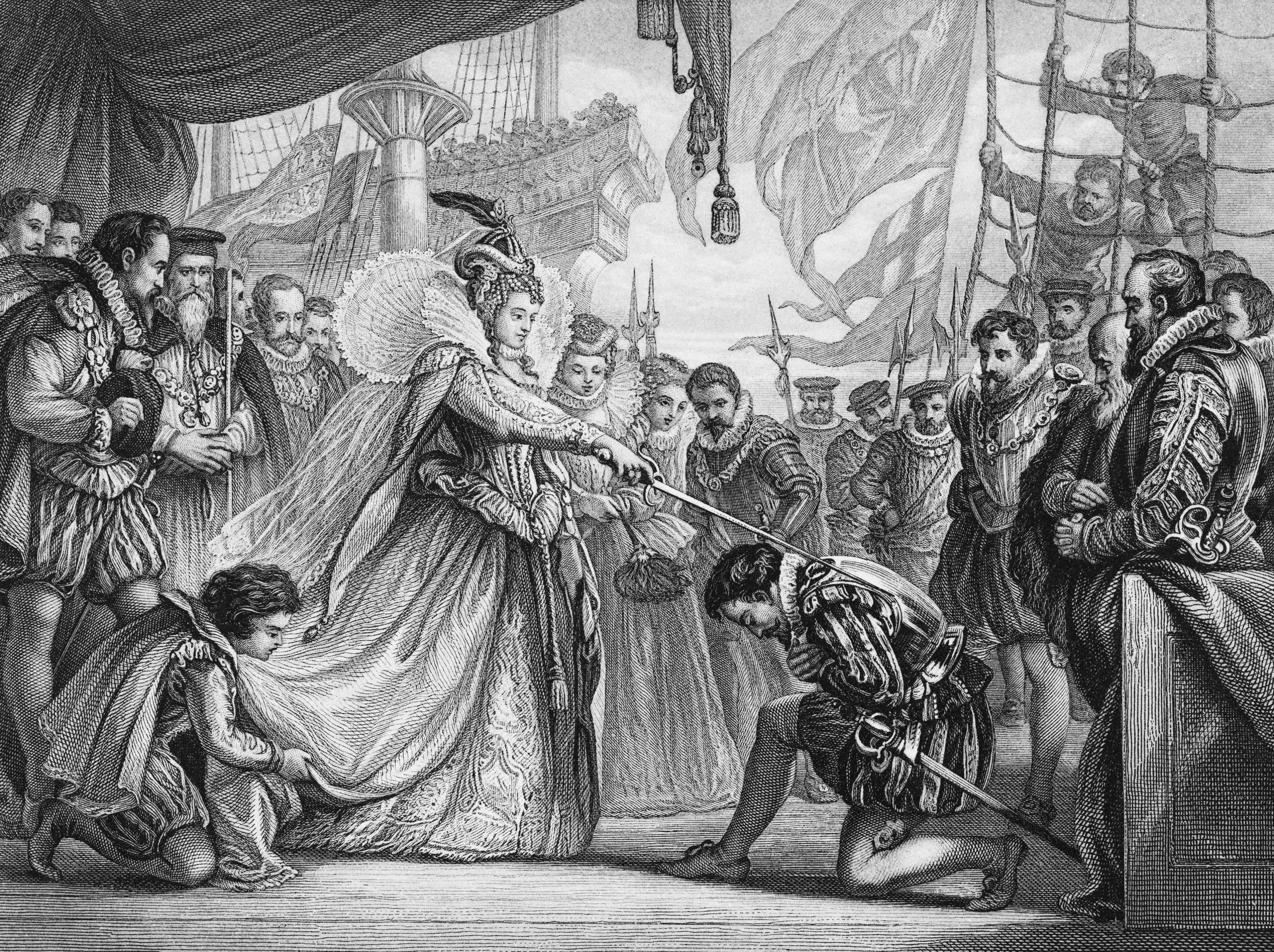 Getty Images
Getty Images
7. Goddess Queen
As she grew older, a cult grew up around Elizabeth I that frequently portrayed her as a still-youthful goddess and virgin queen. She was celebrated as a moon goddess; as Diana and Cynthia, goddesses of the hunt; as Astraea, the virgin goddess; and as Venus, the goddess of love.
6. Patron to the Arts
Elizabeth I was a ardent lover of poetry and theatre, and Shakespeare himself performed before her several times. Shakespeare admired the queen greatly, and historians have found references to her truth, beauty, and grace in many of his works, most notably in A Midsummer-Night's Dream as “a fair vestal throned by the west.”
5. Literary Immortality
Another of the great English poets of the time, Edmund Spenser, also paid homage to the queen in his epic poem The Faerie Queene. Elizabeth I is represented in the character of Belphoebe, a strong virgin huntress who fights off her would-be attackers.
 Historical Pageants
Historical Pageants
4. Pelican Power
Many symbols came to be associated with Elizabeth I, however the pelican was a particularly powerful one. One of Nicholas Hillard's many portraits of Elizabeth I came to be known as The Pelican Portrait, as she is depicted wearing a pelican brooch at her breast. So why the pelican? The bird was thought to feed its children from her own breast in times of food shortages, and this symbol came to be associated with Elizabeth I as a mother figure to the Church of England.
 Getty Images
Getty Images
3. The Bisley Boy
At some point in the 19th century, a rumour was started that Elizabeth I had died as a child, and was replaced with a red headed boy of the same age. He is referred to as the Bisley boy, Bisley being the village he supposedly came from, and the theory's supporters suggest this as the reason why Elizabeth I never married. The theory centers around a time when Elizabeth I was sent to Overcourt House in Bisley in around 1543. Allegedly, she had been sent away from court to avoid the Plague, but died from an acute fever shortly before her father, the infamous Henry VIII, visited her.
The governess feared that Henry VIII would sentence her to be executed if he learned of his daughter's fate, so she sought out a replacement. The governess hoped to fool the king and gain time to flee the country.
The legend goes that Henry VIII was fooled, and the governess later realized that even if she fled the country, Henry VIII would have her family killed. Furthermore, the Bisley Boy and all of his accomplices had now conspired against the king. Unable to replace the replacement, the Bisley Boy had no choice but to double down and lie for life.
Most historians dismiss this theory as hogwash--nothing more than the product of male historians of the 19th century trying to explain why Elizabeth I never married or bore children.
 Pinterest
Pinterest
2. Occult Powers
Elizabeth I covered all her bases when it came to keeping power, which meant including the astronomer-magician John Dee among her chief advisers. Dee advised Elizabeth I on choosing important dates as well as voyages of discovery, and supposedly removed a death curse from her. Dee was thought to be a former owner of the infamous encrypted Voynich manuscript.
1. Body Politic
After a lifetime of an entire country (and even continent) obsessing over her body and its functions, Elizabeth I left instructions to leave her body intact after death, breaking with the royal tradition of embalming. This was rumored to have been in order to guard her secrets (it was thought that the process could reveal if a woman had borne children). Her ever loyal ladies-in-waiting made sure to protect her wishes even after death.

